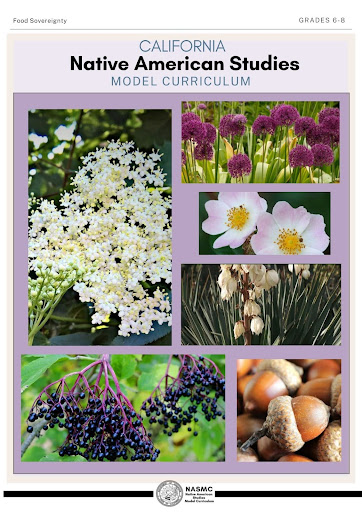Overview
Free Resources!
Revitalizing Food Sovereignty

Author:
Grade(s): 9th-12th Grades
Suggested Amount of Time: 60 minutes
Curriculum Themes
- Cultural Strengths
- Relationship to Place
Learning Goals
Students will examine Native-led food sovereignty efforts, such as partnerships to restore access to ancestral lands.
Students will analyze how access to traditional foods promotes health, culture, and environmental sustainability.
Students will create and present an advocacy campaign to educate others about food sovereignty.
Students will reflect on the importance of food sovereignty for Native communities and broader society.
Lesson Overview
This lesson examines the modern efforts of Native communities to restore food sovereignty and traditional ecological practices. Students will analyze case studies of partnerships with local agencies and learn how these initiatives address environmental challenges and cultural revitalization. By designing an advocacy campaign, students will actively engage with the concept of food sovereignty and reflect on its role in creating sustainable, culturally rich communities.
Teacher Background
Watch this video from the California Indian Culture and Sovereignty Center. Nicole Lim is discussing an overview of teaching Food Sovereignty. https://www.youtube.com/watch?v=9Iqw_CTPGQk
https://www.youtube.com/watch?v=9Iqw_CTPGQk
Teaching food sovereignty in the context of Native American history requires a nuanced understanding of the cultural, historical, and environmental factors that have shaped Indigenous relationships with food systems. Teachers will utilize the California Indian Culture and Sovereignty Center’s Food Sovereignty Toolkit to support instruction. Read through this toolkit to prepare for this unit. The resource provides background to support teachers in delivering these lessons effectively and respectfully. Access the California Indian Culture and Sovereignty Center’s Food Sovereignty Toolkit:
https://www.csusm.edu/cicsc/projects/projects_docs_images/foodsovereigntytoolkit.pdf